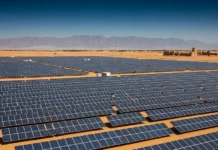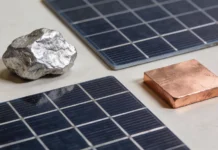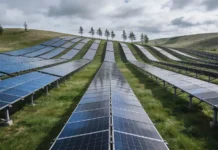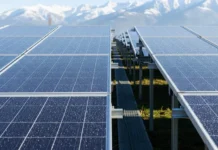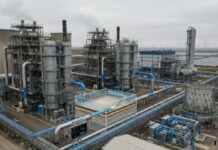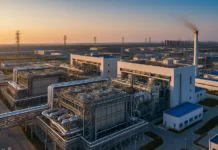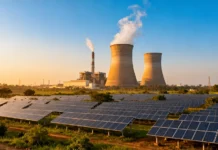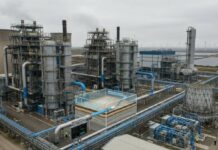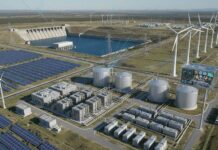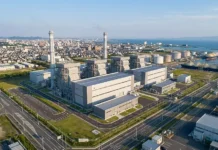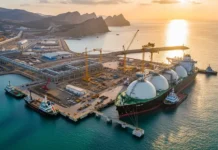Indonesia has reinforced its commitment to combating climate change through its active participation in the Paris Agreement by enhancing its Nationally Determined Contributions (NDC). A significant part of this effort is centered around the expansion of renewable energy in the electricity sector.
Speaking at the 7th Indonesia-China Energy Forum (ICEF) in Bali, Director General of Electricity Jisman Hutajulu emphasized Indonesia’s dedication to increasing the share of renewable energy in the nation’s electricity supply. The 2021-2030 PLN Green Electricity Supply Business Plan (RUPTL) includes approximately 41 GW of power plant projects, with 52% or 21 GW sourced from renewable energy, Jisman stated.
Out of these planned projects, 12 GW of renewable energy plants have already been completed, while the remaining 18.7 GW are in various stages of planning. Jisman highlighted the investment potential for international stakeholders, mentioning that the projects could be executed through the Independent Power Producer (IPP) scheme or Engineering, Procurement, and Construction (EPC) contractors.
Indonesia offers a vast opportunity for foreign investment in renewable energy, Jisman noted, mentioning that key projects include hydropower plants (7 GW), solar power plants (4.4 GW), geothermal power plants (2.2 GW), and other renewable energy sources. The overall investment required is estimated at USD 28 billion.
The government is currently revising its targets for renewable energy, aiming to increase the total capacity from 21 GW to 33 GW, thereby raising the share of renewable energy in the national energy mix from 52% to 76%. According to projections, electricity demand in Indonesia is expected to reach 72 GW by 2033, driven in part by growing demand from industries like smelting and data centers.
However, challenges remain, especially regarding the geographical mismatch between renewable energy sources and electricity demand centers. While the islands of Sumatra and Kalimantan possess immense renewable energy potential, the largest electricity consumers are located on Java, Sulawesi, and Batam.
They need to accelerate the development of renewable energy power plants to meet the increasing demand, particularly in Java, where electricity demand is growing by 1 to 3 GW annually, Jisman said. Indonesia has abundant renewable energy resources, with 1,233 GW of potential in Sumatra and 518 GW in Kalimantan from solar, bioenergy, wind, and geothermal sources.
Despite the obstacles, Indonesia remains determined to push forward with its renewable energy agenda, with both domestic and international investments playing a key role in the country’s clean energy transition.



